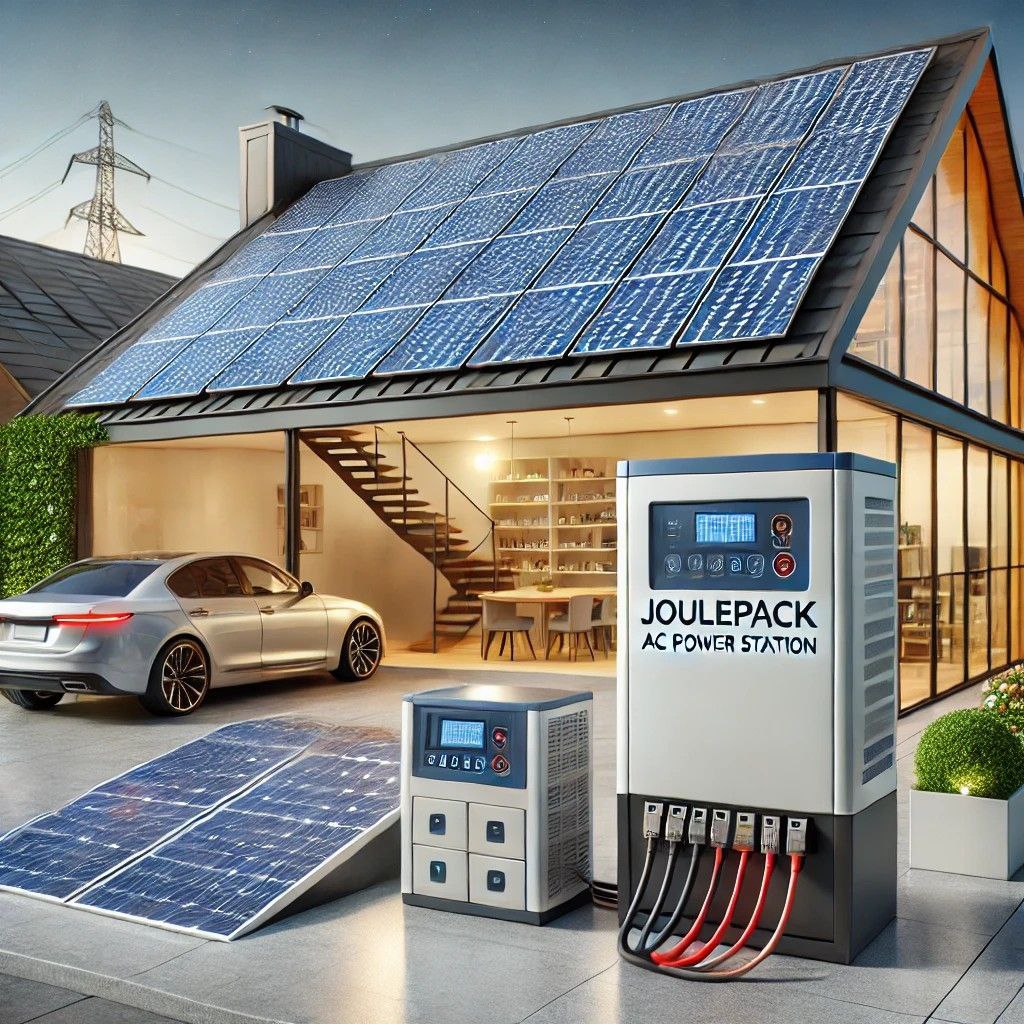- Solar Self-Consumption:
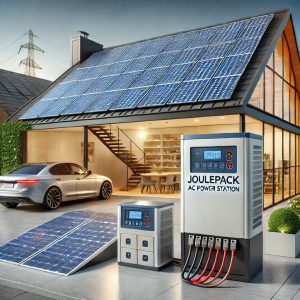
- Scenario: Homeowners use a hybrid inverter and battery system to maximize the use of solar energy generated by their rooftop panels. During the day, excess solar energy charges the battery. In the evening or during cloudy days, the stored energy is used, reducing reliance on the grid.
- Benefit: Lower electricity bills, reduced carbon footprint, and increased energy independence.
- Backup Power During Outages:
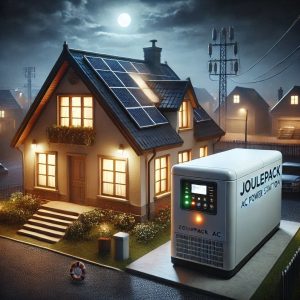
- Scenario: The system provides backup power during grid outages. Essential appliances and systems (like refrigerators, lighting, and communication devices) can run on stored energy until the grid is restored.
- Benefit: Continuous power supply during emergencies, improved home resilience.
- Time-of-Use (TOU) Optimization:

- Scenario: In regions with time-of-use electricity rates, the system stores energy when rates are low (off-peak) and uses it during high-rate periods (peak).
- Benefit: Significant cost savings by avoiding high electricity rates during peak hours.
- Off-Grid Living:
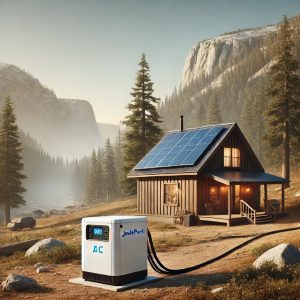
- Scenario: Homes in remote areas without grid access use hybrid inverter and storage systems combined with solar panels (and possibly wind or hydro) to generate and store all their electricity.
- Benefit: Total energy independence, reliable power in remote locations.
- Grid-Tied with Battery Backup:
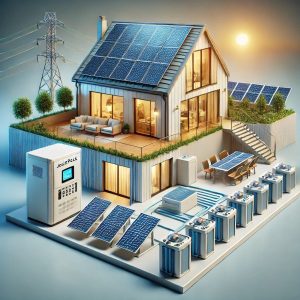
- Scenario: A grid-connected home with a hybrid system that uses the battery to store excess solar energy and can also draw from the grid when needed. The system can export surplus energy back to the grid.
- Benefit: Lower energy costs, potential income from selling energy back to the grid, and backup power during outages.
